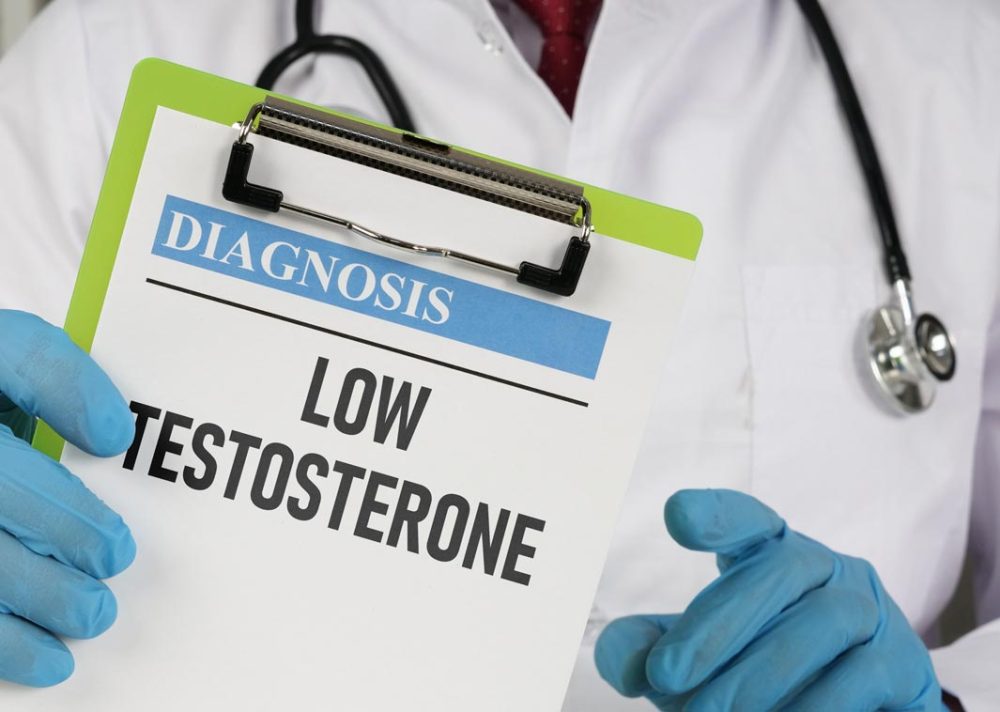Advertisment
Low testosterone in men associated with higher risk for death

A systematic review and meta-analysis found that a low baseline (endogenous) serum testosterone concentration in men is associated with increased risk for all-cause mortality, and a very low baseline testosterone with increased risk of cardiovascular death. According to the authors, this study clarifies previous inconsistent findings on the influence of sex hormones on key health outcomes in aging men. The findings are published in Annals of Internal Medicine.
Researchers from the University of Western Australia, collaborating with researchers from Australia, Europe, and North America, reviewed 11 studies comprising more than 24,000 participants to clarify associations of sex hormones with mortality and cardiovascular disease (CVD) risk in aging men. Eligible studies were prospective cohort studies, previously identified in a published systematic review, of community-dwelling men with total testosterone concentrations measured using mass spectrometry and at least 5 years of follow-up. Individual patient data (IPD) was used to summarize relationships between baseline hormone concentrations (total testosterone; sex hormone-binding globulin, luteinizing hormone, dihydrotestosterone, and estradiol) and relative risk for CVD events, CVD deaths, and all-cause mortality. The data showed that only men with low total testosterone concentrations had higher risks for all-cause mortality. A key finding was that men with a testosterone concentration below 7.4 nmol/L (<213 ng/dL) had higher risk for all-cause mortality, regardless of LH concentration. Men with a testosterone concentration below 5.3 nmol/L (<153 mg/dL) had increased risk of cardiovascular death.
The author of an accompanying editorial from the University of Washington suggests that this meta-analysis is particularly valuable because of its rigorous methodology. The study is the first of its kind to perform IPD meta-analysis of major prospective cohort studies which used mass spectrometry, the most accurate method of testosterone measurement that can also be used to measure DHT and estradiol accurately. In addition, to perform the IPD meta-analysis, the authors obtained raw data from 9 of the included studies and then reanalyzed the combined data. This method allowed for more sophisticated analysis of combined data from multiple studies and provided more robust testing for associations.





